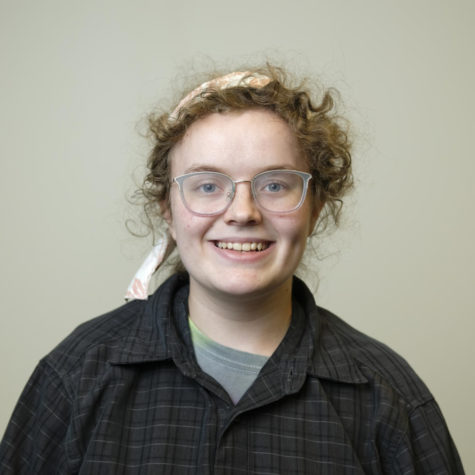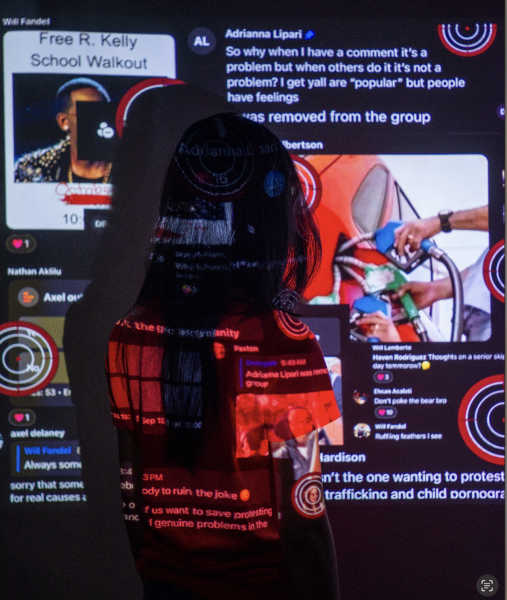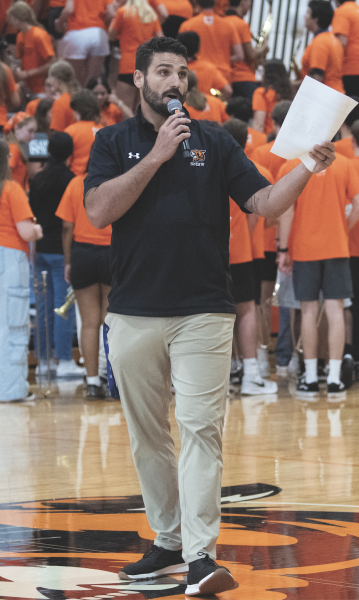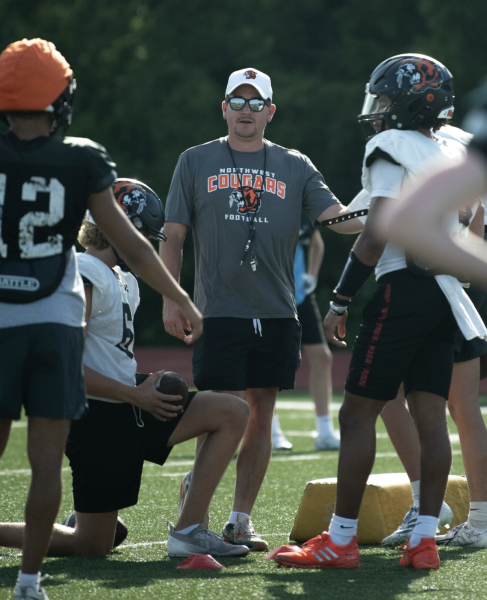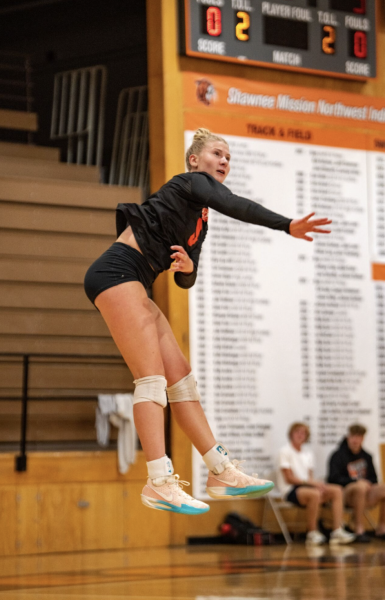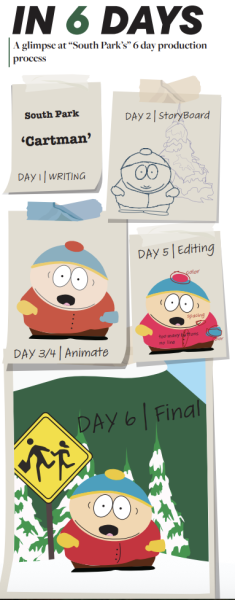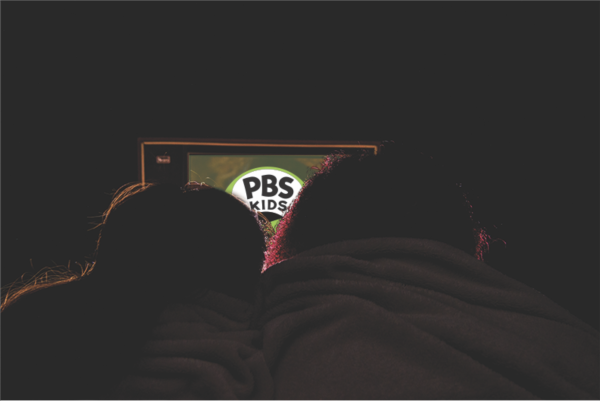Performing on a Virtual Stage
How Northwest’s performing arts will be functioning in the times of COVID
September 11, 2020
The Five performing arts teachers were worried; the new year was approaching and COVID-19 had shut down all traditional performing arts, because of the large crowds and performers in close contact. These teachers knew they had to make some changes if they wanted to see the arts live on at Northwest.
Orchestra
Orchestra teacher Brittany Wasko was troubled, though her troubles weren’t as bad as her fellow teachers. She still had to make sure the orchestra complied with social distancing regulations and still have them all play together as a group.
“We are used to sitting very close to each other so it’s easy to hear and play together,” Wasko said, “This year we will be following social distancing- so there will be a learning curve for our new setup.”
But while school’s online Wasko thinks there is a good way to practice music while everyone’s at home. Practicing is difficult because doing something live over Webex doesn’t end well. The program’s lag can keep musicians from playing together.
“We will be meeting live to learn new material,” Wasko said, “While we can’t play simultaneously virtually, there are still ways we can play online by using websites and apps that facilitate recordings.”
Theatre
Director Jason Coats was concerned because theatre requires people to be together. and he knew COVID-19 would directly affect all aspects of performances. Offstage it affects the sharing of costumes and mics, as well as moving in small crowded areas like the wings, the area that connects the backstage up to the stage. But the changes seen by the audience would also be massive.
“The biggest changes would be in the staging,” Coats said. “If social distancing is still a required protocol, all blocking would need to accommodate that. Choreography would need to be individualized so that each person can perform in their own ‘bubble’ so to speak, facing the same direction, etc.”
But with the near future being mostly virtual, Coats has to make more specific plans so the show will still go on.
“I will be working with our administrators to explore several possible options,” Coats said. “These include, but certainly are not limited to, looking for plays that have been written or adapted for virtual environments, using public domain literature and/or possibly revising the traditional theatre season schedule.”
Choir
Singing has been deemed one of the highest risk activities for spreading COVID-19. When in-person, choir students will have to sing with masks on and be socially distanced. Which will be a huge challenge for choir teacher Cassie Banion.
“One of the things we will be doing differently is singing with masks on,” Banion said, “ will make it very difficult to encourage good breathing techniques and trying to show good vowels. We’ll have to be socially distanced like everyone else, which will make it really difficult to hear one another sing. With the mask on everyone will sound a bit more muffled.”
One of the hardest parts of the virtual transition will be singing online. While singing online may work for one singer, singing with a group is incredibly difficult.
The lag over most services like Zoom and Webex makes singing together online tough. While she figures out what to do if school is continuously online, Banion is trying to work around these issues for the first weeks of school.
“I was planning on spending the first few weeks of choir getting to know one another,” Banion said, “getting to know everyone’s voices, and teaching the students the different digital resources we would be using throughout the year.”
Band
Band teachers Ann Snead and Douglas Talley are worried,
Real worried. The brass and woodwind instruments students play are considered hazards because like singing they also spray aerosols that could spread COVID-19.
But the district has been looking into devices that could help make sure playing a trumpet or clarinet is not a hazard for anyone. These devices work as covers so sound can be heard but the aerosols aren’t spread.
“I don’t know what they’re gonna do for flute players,” Talley said. “But I do know schools have been looking into this thing called a headjoint, the place that you blow into the flute is inside the mask. Brass players will have covers for the bells, they aren’t solid but they’re more of a mesh. There’s this one crazy lookin’ thing for the clarinets called the clarinet bag and the clarinets inside of it along with the player’s hands.”
One of the biggest questions being asked by band members is about the fate of the marching band. It mostly depends on when sports will happen, whether there will be sports at all and if crowds will be allowed.
“I’m not sure if we’ll have a marching band,” Snead said. “You know, we don’t know if they’re gonna have football. If they have football, we don’t know if they’re gonna allow spectators. If there are no spectators, there is no one to perform for. Marching band is up in the air right now.”
Like all the other disciplines, putting together online classes and performances will be difficult but Snead has some ideas on how it may work. They could use specialized tracks to keep everyone’s tempo the same while playing in different places and editing together all the recordings to put together a virtual performance.
“It’s a lot of work, to put a virtual group together,” Snead said. “I don’t even know how to do it.”
—
These teachers were worried, but they say as long as everyone’s safe and they get to perform even once, their classes will be a success for their students – and the teachers.
“If we were to call this year a success,” Banion said, “we will have the opportunity to make music in some capacity. Whether that’s online or in-person, I don’t know. But we’ll get to make some music, and everybody will get through this year. I will tell you at this point in time. If we get to do something beyond that. That’s all icing on the cake.”


